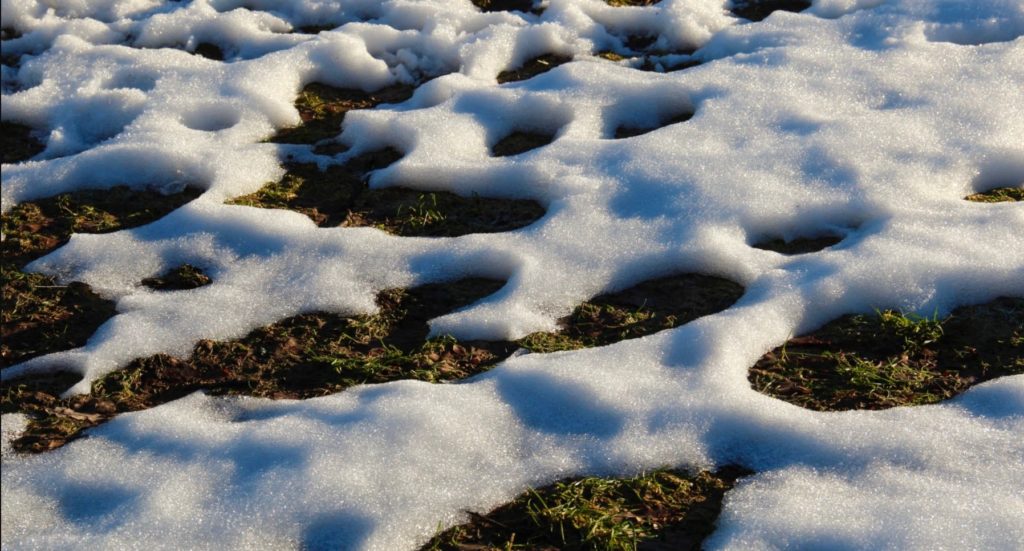
Water damage is a top concern for homeowners. In fact, it’s public enemy #1 when it comes to the health of your house. Data shows that, in one recent year, water damage accounted for 51% of all property claims in Canada. We’ve also seen an 84% increase in the cost of water damage in BC in just ten years. In Canada, the late winter marks an especially troubling time. Snowmelt is coming.
While most of British Columbia is no stranger to this threat, Greater Vancouver is facing it head-on for the first time in years – demolishing some snowfall records that have stood for decades! Factor in the longest cold snap in over 30 years, and the table was set for snow and ice to stick around. Ironically, some of the problems actually begin when the forecast begins to warm. And that’s starting to happen, with Canada’s groundhogs calling for an early arrival of spring. Get a head start on that snowmelt by following the advice below.
5 Steps to Keeping Your Home Safe from Snowmelt Water Damage
1. Start at the Top (Check the Roof!)
The roof is the focal point of snowmelt concern. Inspect your roof and eaves to make sure there is no snow accumulation. If there is, deal with it right away. Use a roof rake (available at your local home and garden retailer) to remove it from your shingles. Don’t forget to cover your gutters first, so that the snow isn’t raked into them. Clear debris from your gutters as well, to prevent rain and snowmelt overflow. If the temperature drops again, this will help to keep the formation of ice-dams at bay.
2. Position Gutter Downspouts Away from Your Foundation
Debris and leak-free gutters will do their job in expelling roof snowmelt from your home. But if the downspouts aren’t properly positioned this run-off will pool at the foundation and will potentially seep into your basement. A six to eight foot extension is a good range. This may call for a re-installation if downspouts are located in an area where there is a lot of foot traffic. If that sort of distance isn’t viable, then place a splash block (also available at a home and garden retailer) underneath the downspout. A splash block will help divert water onto the lawn and away from your foundation.
3. Invest in a Sump Pump
A sump pump is not only fun to say, it’s a very effective weapon against snowmelt water damage. Snowmelt water that infiltrates the area (your basement) drains into a sump pit. Once accumulated, the pump will activate and remove the water from your basement to prevent flooding. Some sump pumps come with an alarm, which notifies you if the pump stops working and the water levels start to rise. It’s up to you how much you want to invest, but if you live in an area that experiences annual snowmelt, or heavy seasonal rains, it can save you thousands in the long run.
4. Remove the Snow Surrounding Your Foundation
The most common sense tactic is one of the most effective. Note that one inch of snow falling evenly on 1 acre of ground can be equivalent to over 10,000 litres of water (heavy wet snow will contain even more water!). Yikes. So, it is important to be proactive. If you see snow within 10 feet of your home’s foundation, remove it. This includes an inspection of your deck and any other extension near the base of your home. Blow, shovel, and/or sweep. Not only will this stop the immediate threat, it will prevent the wet softening of soil around your house, which if unchecked, can allow moisture to creep into your foundation when spring rains come calling.
5. Insure Against It
The last but no less effective line of defense against snowmelt comes down to your homeowner’s insurance policy. Think you’re already covered? Given the severity of snowmelt water damage, you will want to double-check. Overland water coverage is now available in Canada – make sure you have this important coverage. Receive a policy assessment from an independent insurance broker that specializes in homeowner’s insurance for complete confidence that your house and property remain out of harm’s way this season. Contact Park Insurance today. We’re here to help.